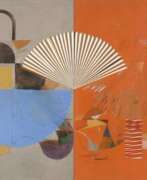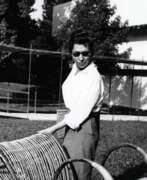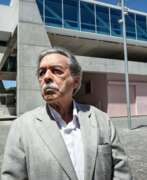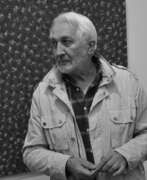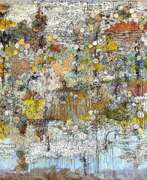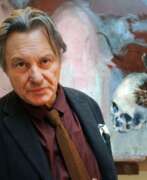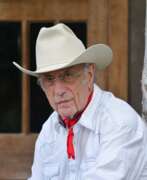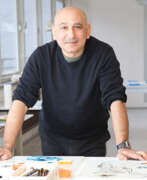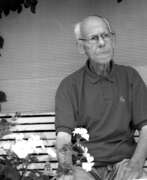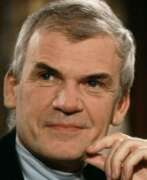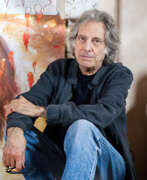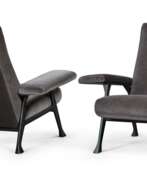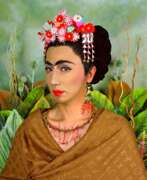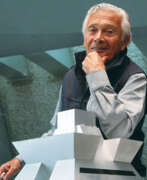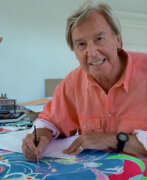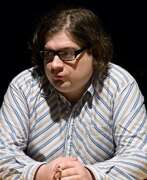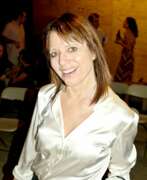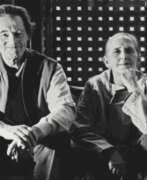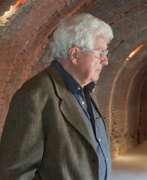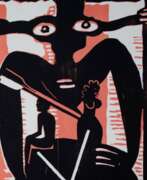Postmodern 21st century


Mario Botta, a Swiss architect born in 1943, is celebrated for his profound contributions to contemporary architecture. His work is characterized by a robust geometric style and profound respect for historical context, often integrating modern elements with traditional designs. Botta's designs are known for their distinct use of brick and strong shapes, such as circles, squares, and triangles, which make his buildings instantly recognizable.
Among his notable projects are the San Francisco Museum of Modern Art and the Cathedral of the Resurrection in Evry, France. These structures exemplify his approach to blending new construction technologies with classical forms. The museum, in particular, showcases his ability to manipulate space and light, creating dynamic environments for displaying art. His buildings are not just structures but are often considered sculptural works that enhance their surroundings.
Mario Botta's influence extends beyond architecture into design and education, where he has mentored generations of architects. His work is displayed in numerous exhibitions worldwide and serves as a testament to the enduring power of integrating contemporary design with traditional elements. Collectors and experts in architecture appreciate Botta’s unique ability to transform ordinary spaces into extraordinary places.
For those interested in the innovative work of Mario Botta, consider signing up for updates on new project unveilings and auction events related to his creations. This subscription ensures you stay informed about the latest developments and opportunities to engage with Botta's influential designs.
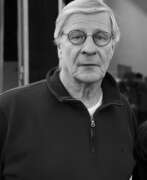

Louis Cane is a contemporary French painter, sculptor and furniture designer. Louis Cane attended the National School of Decorative Arts in Nice then the Superior School of Decorative arts in Paris in 1961. Cane was a part of the Supports/Surfaces Movement in France that lasted from 1969 to 1972 and co-founded and edited the Peinture, Cahiers Theoriques. In 1978, began sculpting again. They consisted of female figures in a traditional style. Cane focused on the concept of deconstruction of the canvas. By 1970, Cane transitioned into a series of cut-out paintings, the toiles découpées, which he worked with for several years. From 1972 to 1972, he produced a series called Sol/Mur as apart of the Supports/Surfaces movement. In 1978, Cane went from abstract painting to figuration. He reflected on the history of pictorial forms. He also started integrating sculpture into his practice. The statues were almost exclusively female occasionally appearing in form of burlesque or baroque expressionism.
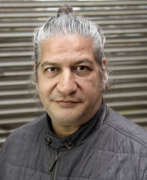

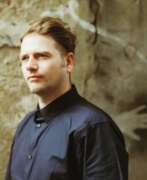

Sebastian Gögel is a German painter and sculptor living and working in Leipzig.
Gögel graduated from the University of Graphic and Book Arts in Leipzig and has been working with Paul Hammer (1975) in the HAGEL project since 2005. Extremely diverse in his work, working methods, themes and concerns, Gögel fits into a unique tradition of German erudite conceptual artists. Through exaggerations, caricatures, and grotesques, Gögel simultaneously utilizes and refutes morality and representationalism. The artist's surrealistic paintings and highly varied styles are appealing and horrifying at the same time.
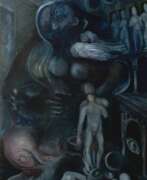

Paul Mersmann was a German sculptor, painter, and writer, renowned for his unique contributions to art and culture. His early works, created around 1960, exhibit a transition from late surrealism to mannerism, showcasing a deep engagement with European post-baroque painting. Notably, Mersmann's paintings, such as "Furore," reflect the horrors of war through a psychological lens rather than realistic depictions.
In the 1980s, Paul Mersmann embarked on a series of murals, including notable works in the Villa Glücklich in Wiesbaden and the "Hic est finis maris" mural in Schaidt. His art provides a profound commentary on the nature of art and its evolving context throughout history. These pieces are celebrated for their originality and complexity, offering a rich narrative that blends artistic expression with cultural and historical insights.
Paul Mersmann's contributions extended beyond painting to include watercolor works and sculptures, such as the "Adlermensch" and "Rosmerta" from the late 1980s and early 1990s. His diverse body of work reflects a deep intellectual engagement with art, making his contributions invaluable to collectors and experts in the fields of art and antiques.
For those interested in exploring Mersmann's legacy further, his works and their significance offer a fascinating journey into the intersection of art, culture, and history. To stay informed about new product sales and auction events related to Paul Mersmann, consider signing up for updates, ensuring you remain connected to the evolving narrative of this distinguished artist's impact on the art world.
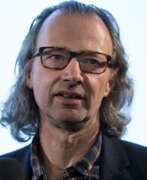

John Miller is an American artist, sculptor, writer, critic, and musician who lives in New York and Berlin.
He studied at the California Institute of the Arts and worked as a gallery manager for the Dia Art Foundation. Miller is currently a professor of professional art history practice at Barnard College.
His work includes photographs, installations, live mannequin exhibitions, and videos in response to current political events and sentiments. Miller has also authored critical works on representation in art.


Margarita Pueva is a Bulgarian and German painter and sculptor.
She studied at the Academy of Fine Arts, Veliko Tarnovo, Bulgaria. She has lived and worked in Germany since 1991 and opened the Pueva Gallery in Düsseldorf in 2003.
Pueva focused mainly on the human figure. The people in her paintings are strange, introverted, passive and vulnerable, but her work recalls the magical land of Alice and her Mad Hatter. She was inspired by medieval religious sculpture and the primitive art of Africa. Pueva's work is regularly presented in Germany, France, Italy, and the UK.
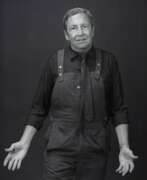

Robert Milton Ernest Rauschenberg was an American artist renowned for his pioneering work that blurred the boundaries between painting and sculpture, thereby anticipating the Pop art movement. From his early days at the Art Students League of New York to his experiments at Black Mountain College, Rauschenberg's career was marked by innovation and collaboration. His "Neo-Dadaist" approach, shared with contemporaries like Jasper Johns, questioned traditional distinctions between art objects and everyday items, drawing inspiration from Marcel Duchamp's Dadaist principles.
Rauschenberg's most notable works, such as "Erased de Kooning Drawing" and his "Combines," utilized found materials and images to create new art forms that challenged viewers' perceptions. His use of non-traditional materials like twine, soil, and even taxidermied animals, alongside traditional canvas and paint, set new precedents for what could be considered art. His groundbreaking silkscreen paintings incorporated found images, further cementing his role in the evolution toward Pop art.
The artist's work is represented in major museums and galleries worldwide, reflecting his significant impact on contemporary art. His pieces like "Canyon" and "Monogram" are celebrated for their innovative integration of sculpture and painting, while "Signs" captures the tumultuous spirit of the 1960s through its collage of cultural figures and events, housed in institutions like the Museum of Contemporary Art, San Diego, and The Minneapolis Institute of Arts.
For collectors and experts in art and antiques, Rauschenberg's oeuvre represents a critical junction in the history of modern art, where the lines between different media and disciplines were explored and often erased. His legacy is not just in the objects he created but in his bold reimagining of the art-making process itself, encouraging a dialogue between art and life that continues to inspire artists today.
For updates on new product sales and auction events related to Robert Milton Ernest Rauschenberg, consider signing up for our newsletter. This subscription service is tailored specifically for enthusiasts eager to stay informed about the latest opportunities to acquire works by or related to this transformative artist.


Paul Tuttle was an American designer known primarily for his work in furniture design, and secondarily for his work in interior design and architectural design. Tuttle had no formal education in design, instead drawing influence from his own experience and the mentorship of well known designers such as Alvin Lustig, Welton Becket, and Frank Lloyd Wright. Tuttle designed furniture for over 50 years, resulting in a body of work that included both manufactured and custom made furniture.
